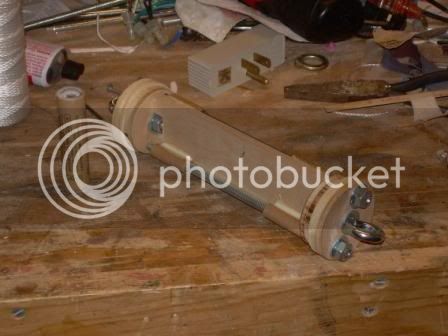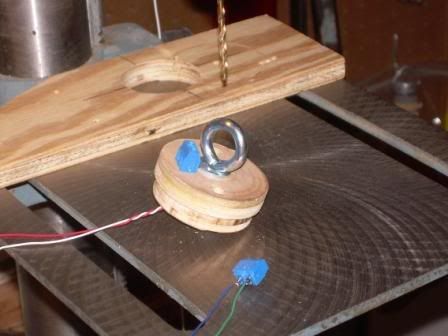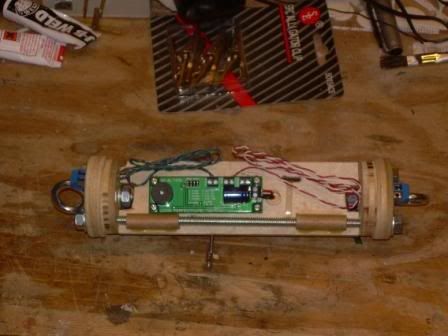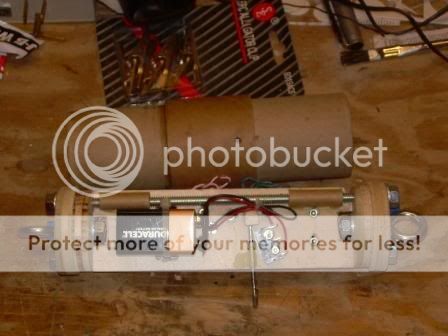- Joined
- Mar 20, 2009
- Messages
- 2,463
- Reaction score
- 1,973
The following are pictures of my first attempt at an electronics bay. The diameter is 2.1" made from PML tube for my Callisto to use dual deploy.
I'll comment on the shortcomings after the pics.
All comments are welcome.
Here are the components, first view.
The battery is contained by a plate bulkhead.
Sandy.
View attachment 1.JPG
I'll comment on the shortcomings after the pics.
All comments are welcome.
Here are the components, first view.
The battery is contained by a plate bulkhead.
Sandy.
View attachment 1.JPG

















